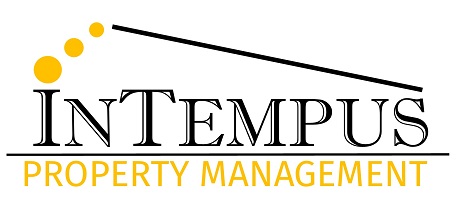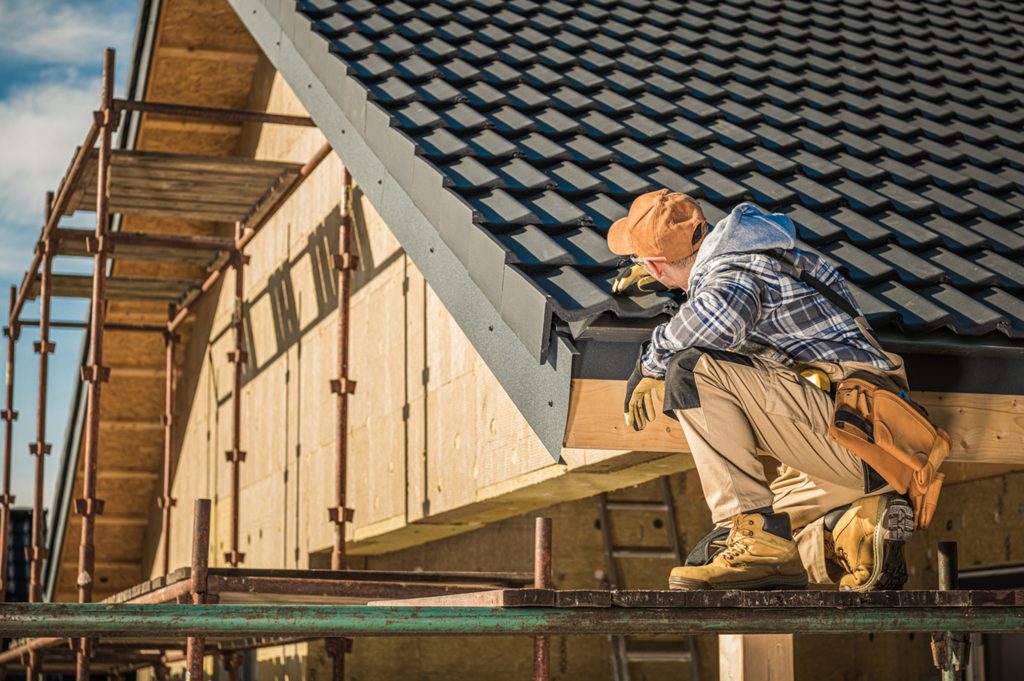The roof is one of the most critical components of any property, serving as the first line of defense against the elements. Despite its importance, many property owners overlook routine roof maintenance and inspections until a major issue arises. Proactive roof care can save you significant money, extend the roof’s lifespan, and prevent extensive property damage. In this article, we will explore the importance of regular roof inspections, how to identify potential issues, and effective maintenance strategies to keep your roof in top condition.
Why Regular Roof Inspections Matter
Regular roof inspections are crucial for maintaining the structural integrity of your property. Neglecting roof care can lead to costly repairs, water damage, mold growth, and even health risks for occupants. Here are a few reasons why routine inspections are essential:
- Early Detection of Problems: Regular inspections help identify potential problems, such as small leaks, damaged shingles, or sagging areas, before they escalate into major issues.
- Prolonged Roof Lifespan: A well-maintained roof can last significantly longer than one that is neglected. Proper care reduces wear and tear, preventing premature roof replacement.
- Energy Efficiency: Roof damage can lead to air leaks and increased energy costs. Addressing these issues promptly helps maintain energy efficiency, reducing heating and cooling bills.
- Property Value: A well-maintained roof enhances curb appeal and adds value to your property. Prospective buyers are more likely to invest in a home with a roof in good condition.
How to Spot Potential Roof Issues
Being aware of common signs of roof problems can help property owners take immediate action to prevent further damage. Here are key indicators that your roof may need attention:
- Leaks and Water Stains
Water stains on ceilings or walls often indicate a roof leak. Even small leaks can lead to water damage, mold growth, and structural issues if left untreated. - Missing, Damaged, or Curling Shingles
Inspect your roof regularly for missing, cracked, or curling shingles. Damaged shingles expose the underlying layers of the roof, making it vulnerable to water penetration and wind damage. - Sagging Roof
A sagging roof may be a sign of structural problems, such as rotting decking or compromised support beams. This issue requires immediate professional attention. - Moss, Algae, and Mold Growth
Moss and algae can grow on roofs in damp conditions. While some growth may seem harmless, it can retain moisture, causing damage over time. Mold is especially concerning, as it can spread into the interior of the property. - Granule Loss
If you notice granules from shingles accumulating in your gutters, it may indicate that your shingles are aging and deteriorating. Granule loss reduces the effectiveness of shingles, making them less capable of protecting your roof from UV rays and water. - Cracked or Worn Flashing
Flashing, typically made of metal, seals areas of the roof where it meets other structures, such as chimneys, vents, or skylights. Cracked or worn flashing can allow water to seep into the roof.
Conducting a Roof Inspection: A Step-by-Step Guide
While some roof inspections can be conducted by property owners, it’s often best to hire a professional roofing contractor for a thorough assessment. Here’s a basic step-by-step guide for performing a visual inspection:
- Safety First: Before inspecting your roof, ensure you have the proper safety equipment, such as a sturdy ladder and slip-resistant shoes. If you’re unsure about climbing onto your roof, conduct the inspection from the ground or hire a professional.
- Inspect from the Ground: Walk around your property and visually inspect the roof for any obvious signs of damage, such as missing shingles, sagging areas, or debris buildup.
- Check Gutters: Look for granules or debris in your gutters, as this can indicate shingle wear. Clogged gutters can also cause water to back up onto the roof.
- Look for Water Stains: Check ceilings, walls, and attic spaces for signs of water stains or moisture. This may indicate a leak or other roofing issue.
- Examine Flashing: Pay close attention to areas where the roof meets chimneys, vents, and skylights. Ensure the flashing is intact and free from cracks.
- Inspect the Roof Surface: If it is safe to do so, carefully climb onto the roof to check for loose, curled, or damaged shingles, moss, and algae growth.
- Schedule Professional Inspections: Professional roof inspections should be conducted at least once a year, or after severe weather events. Roofers have the expertise to identify hidden problems and recommend necessary repairs.
Maintenance Tips to Prolong Your Roof’s Lifespan
Proactive maintenance is key to keeping your roof in optimal condition and avoiding costly repairs. Here are some maintenance tips to consider:
- Clean Your Gutters Regularly
Clogged gutters can cause water to back up onto the roof, leading to water damage and leaks. Regularly cleaning your gutters prevents debris buildup and ensures proper water flow. - Remove Debris from the Roof
Leaves, branches, and other debris can accumulate on the roof and retain moisture, which can lead to mold growth and damage. Periodically remove debris to protect your roof. - Trim Overhanging Branches
Trees that hang over your roof can pose a risk during storms and may drop branches or leaves onto the roof. Trim back overhanging branches to minimize this risk. - Address Small Repairs Promptly
Even minor issues, such as a small leak or a few damaged shingles, should be repaired as soon as possible. Delaying repairs can lead to more extensive damage and higher costs. - Check for Signs of Wear After Severe Weather
Strong winds, heavy rain, hail, and snow can damage your roof. Inspect your roof after severe weather events to identify and address any damage promptly. - Schedule Routine Professional Inspections
While DIY maintenance is beneficial, professional roof inspections provide a deeper assessment of your roof’s condition. Experts can identify hidden issues, recommend repairs, and offer maintenance advice tailored to your roof’s specific needs.
Common Roof Maintenance Mistakes to Avoid
To maximize the lifespan of your roof, avoid these common maintenance mistakes:
- Neglecting Routine Inspections: Skipping inspections can allow minor problems to escalate into major issues.
- Using High-Pressure Washers: Pressure washing can damage shingles and reduce their lifespan.
- Ignoring Minor Leaks: Even a small leak can cause extensive water damage over time.
- DIY Repairs Without Expertise: While some repairs may be manageable, more complex issues should be handled by professionals to avoid safety risks and potential errors.
Conclusion: Protecting Your Property with Proactive Roof Care
Regular roof inspections and maintenance are essential for protecting your property, maintaining its value, and extending the lifespan of your roof. By identifying potential issues early, taking proactive steps to address them, and scheduling professional assessments, you can prevent costly repairs and ensure your roof continues to provide reliable protection.
About Intempus Property Management
At Intempus Property Management, we understand the importance of proactive property maintenance, including roof care. Our comprehensive property management services are designed to keep your properties in top condition, protecting your investments and ensuring a positive experience for tenants. To learn more about how we can assist with your maintenance needs, explore our Property Management Services or contact us through our Contact Us page.





